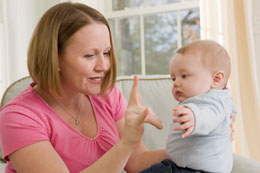Infants have the ability to understand language soon after they are born. However, they are not equipped to produce speech until after 12 to 24 months of age. Due to this, parents do not understand what their child is thinking. Teaching your child signs and gestures as well as spoken …
ParentsPov.com
Parenting from a Canadian POV

